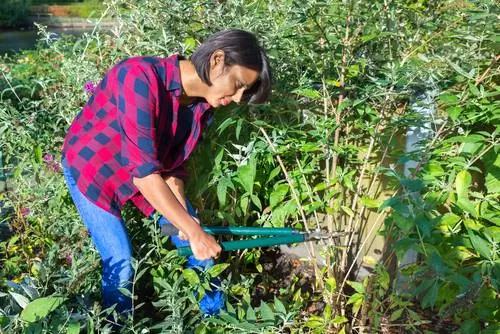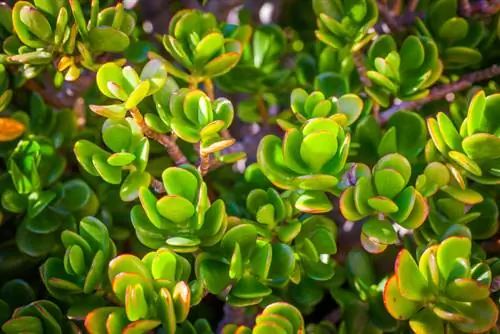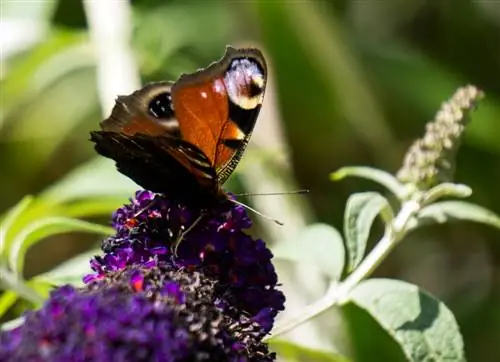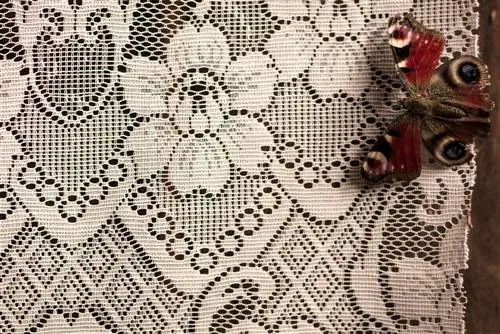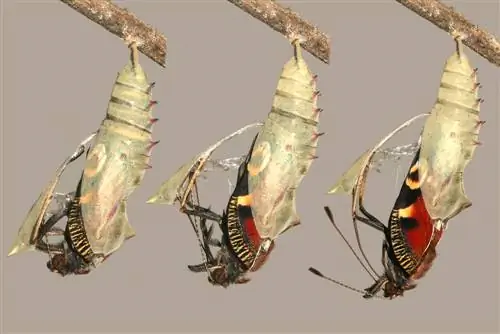- Author admin [email protected].
- Public 2023-12-16 16:46.
- Last modified 2025-06-01 06:02.
The summer flower fairytale also stages butterfly lilac as a standard tree with picturesque splendor. To ensure that the noble crown develops well-formed and full of flowers on a robust trunk, a comprehensive pruning is part of the care plan every year. These instructions explain when and how to prune a butterfly tree.
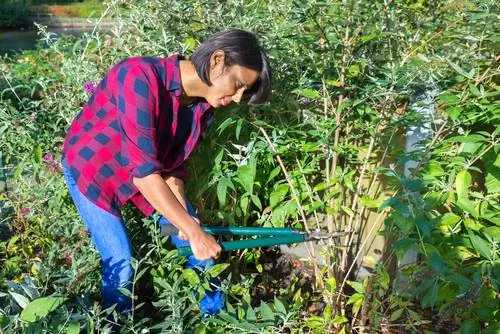
When and how should you prune a butterfly tree?
To prune a butterfly tree (Buddleja davidii) ideally, carry out a vigorous pruning in the spring: shorten dead side branches to 2-4 eyes, scaffold shoots by a third and remove frozen or diseased shoots. Withered panicles and wild stem shoots should be removed promptly.
Best time is in spring
A butterfly lilac blooms on its shoots this year, regardless of whether it thrives as a shrub or a tree. This behavior makes spring the perfect time for pruning. You can trim exhausted or frozen wood on the butterfly lilac or buddleia on a frost-free day at your own discretion without destroying valuable flower buds.
Powerful pruning for opulent abundance of flowers
A butterfly tree boasts of a flower-filled crown when young shoots dominate the stable framework. The skilled hand of the master gardener has brought about the refinement of the trunk and crown. From now on, it is the home gardener's responsibility to preserve the shape of the crown and the ability to bloom using the correct pruning methods. This is how the gardening project succeeds:
- Cut back dead side branches of the leading branches to 2 to 4 eyes
- Short excessively long scaffold shoots by a third until just above an outward-facing bud
- Thin out frozen, dead or cross-growing shoots
In the spirit of continuous revitalization, we recommend removing an old key branch on Astring from the fourth year onwards. In return, you select a young side shoot along the trunk extension as a successor. The ideal candidate is characterized by oblique to horizontal growth at an angle of approximately 60° to the trunk extension.
Cleaning out faded flowers - this is how it works
In regions with mild winters, butterfly lilacs are feared as neophytes with an invasive tendency to spread. As the large flower spikes transform into capsule fruits, they contain myriads of seeds. Don't you fancy a garden full of wild buddleia? Then put a stop to self-sowing in good time. This is how it works:
- Cut off withered flower spikes as soon as possible
- Place the scissors over the next opposite pair of leaves or a strong bud
Please do not dispose of ripe capsule fruits in the compost. From here, the resilient, frost-resistant seeds find their way into the bed to take over the garden in the form of seedlings.
Remove wild stem shoots
A butterfly tree is the horticultural combination of wild rootstock as a trunk and a refined crown. Under ideal conditions, the rootstock makes no secret of its desire to overgrow the crown. The bold undertaking can be recognized by the side shoots directly from the trunk. So that the flower crown can develop unhindered, wild stem shoots are removed promptly. Cut off a wildling at the base without damaging the trunk bark.
Tip
If your butterfly tree (Buddleja davidii) is a graft from hanging buddleia (Buddleja alternifolia), there is a risk of confusion when cutting. Hanging buddleia blooms on last year's shoots. For this reason, heavy pruning in spring is not possible. Excessively long crown shoots can be cut back immediately after flowering. Dead wood is an opportunity for thinning in late winter.

